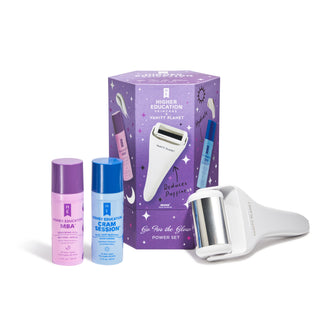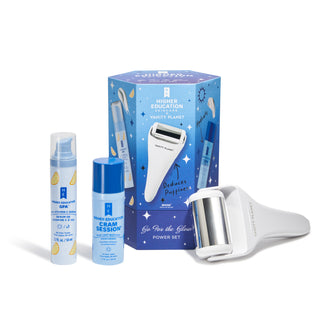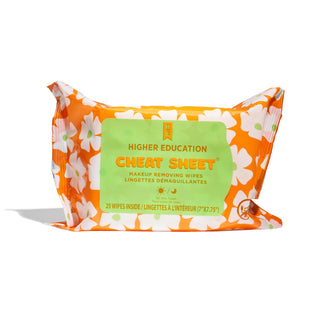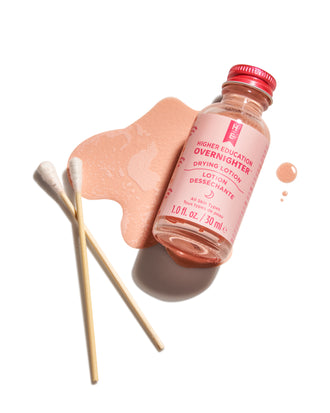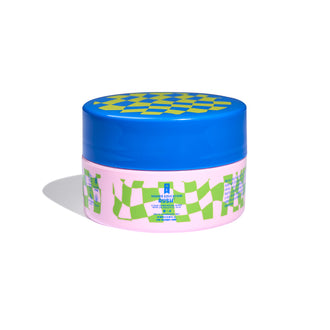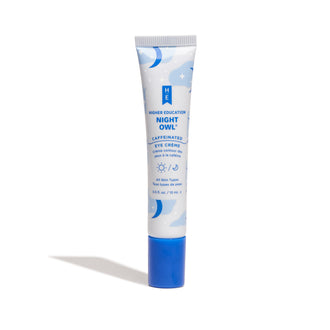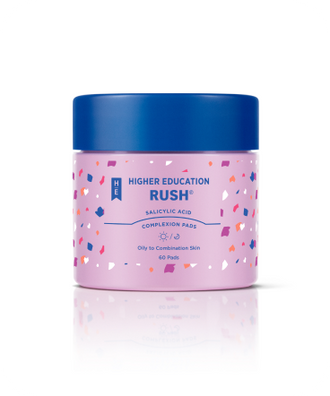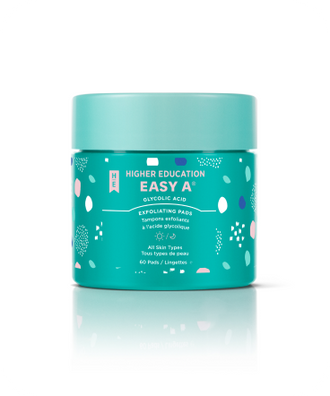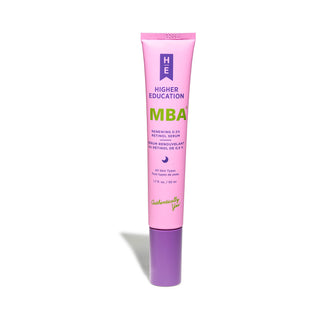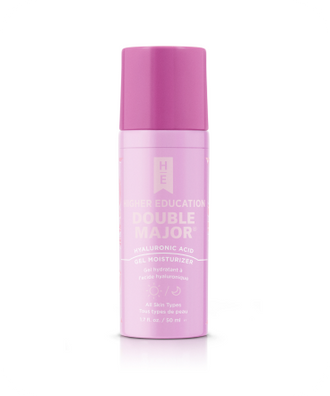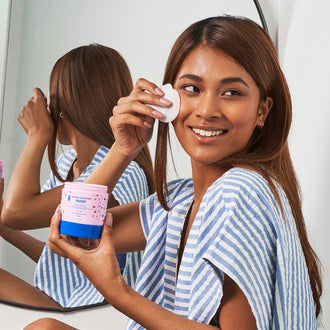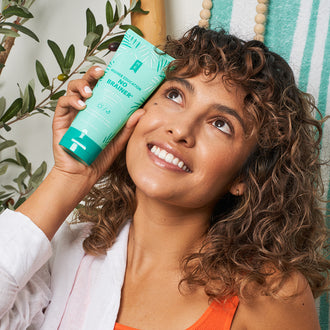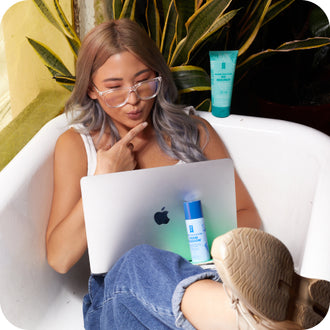
Hyaluronic acid (HA) is a classic in almost every derm, esthetician, and skincare junkie’s book. Not to mention, every other product on the market advertises its skin plumping, smoothing, and deeply hydrating effects. But before you write this skincare ingredient off as just hype (begone naysayers!), we want to explore it further:
- What exactly is HA?
- How does it work within your moisturizer?
- Does it play nice with other skincare ingredients in your routine?
In this post, we address your questions surrounding why hyaluronic acid is so beloved. Turns out, it’s for lots of good reasons!
Why Hyaluronic Acid Deserves to Be on Your YES List
OK, hold on. We’ve talked about HA in past blogs, but in case you don’t remember, let’s do a quick recap: What is hyaluronic acid and why do I need it?
Hyaluronic acid is not your traditional acid. Unlike glycolic or salicylic acid, HA doesn’t remove dead skin cells from the surface of your skin. In fact, it’s a humectant that helps to hydrate your skin.
A humectant is essentially an ingredient that draws moisture to the surface of your skin. Since it draws moisture from your environment, it continues to provide long-lasting hydration. Your body naturally makes it, which means there’s a lower chance of irritation.
Part of why we love this hydrator so much is that it helps to plump up your skin. Any dehydration lines and surface dryness you have will be softer and less noticeable.
This is especially important for dry skin as dryness can exacerbate the looks of creases around your eyes, mouth, and forehead. If you’re a parched skin gal, then we have a feeling hyaluronic acid is going to be your best friend. But whether you have oily skin, dry skin, or any mix of the two, dewy and moisturized looks good on everyone!
HA and Climate
One HUGE consideration to take when determining what ingredients and textures would be best for you is your climate. Living in the dry, sunny cities of Arizona is going to affect your skin differently than living in humid Florida.
Hyaluronic acid thrives in humid environments. Humidity means lots of water in the air for this molecule to absorb moisture from.
Q & A: Does HA Play Nice in Your Routine?
Can you use hyaluronic acid with retinol?
Our answer is a YES!
Give me the rundown.
Retinol is a powerful ingredient that can help stimulate the production of collagen and protect the collagen you already have.
Collagen is the holy grail underneath our skin. We don’t take that lightly! This fiber gives our skin its shape and bounciness. You lose collagen naturally as you grow wiser, but sun exposure, pollution, and excessive sugar can degrade it more quickly.
While retinol is not as irritating as its big sister — tretinoin — it can still be a bit irritating if you have more sensitive skin. Incorporate retinol into your routine slowly to allow your skin to build up a tolerance.
That’s why hydration is KEY. A high-quality moisturizer with hyaluronic acid can help deeply replenish and soothe any irritation to leave your skin looking and feeling refreshed.
Does HA work with niacinamide?
It sure does. Both hyaluronic acid and niacinamide are gentle ingredients that can help your skin adjust to retinoids.
Niacinamide is not only a great oil-busting ingredient, but it’s also anti-inflammatory, meaning it’s great for relieving any redness or sensitivity that retinol may cause. Layering an HA moisturizer on top adds that much needed hydrating oomph.
How Do I Combine All These Ingredients in One Routine?
You know that hyaluronic acid works in synergy with retinol and niacinamide. Great! The next question is how to layer them all so they do their job effectively.
Step 1: Wash your hands!
This is always the first step to take in your skincare routine. You don’t want to touch your face with dirty hands as they harbor bacteria, dirt, sweat, and oil that cause breakouts.
Step 2: Wash your face
Gentle cleansers can help clear away any excess oil, sweat, or dirt that prevent your skin from absorbing your products.
Step 3: Retinol
After washing your face, this potent active ingredient should go first. Applying moisturizer beforehand can hinder its effect. Retinol is also a PM only product since it can make your skin more sensitive to sun.
Step 4: Hyaluronic Acid
If you haven’t already, the final step is to add hyaluronic acid and seal it in. You can use an HA serum and follow up with moisturizer. But for simplicity’s sake, you can also use an HA-infused moisturizer.
Oily skin? Use a lightweight, oil-free moisturizer. Dry skin? Use a more occlusive cream.
4 Bonus Tips
Here are a few other important considerations to make before mixing your skincare products.
Tip #1: Using glycolic or salicylic acid in your routine? To avoid irritation, use your chemical exfoliant one night and retinol the next.
Tip #2: If you have sensitive skin, start off by using retinol 1x a week and slowly build your tolerance.
Tip #3: We can’t stress it enough — use sunscreen with SPF 30 every day! Since retinol makes your skin more sensitive to sunlight, you face a greater risk of sunburn (and undoing all the hard work you put into your routine).
Tip #4: If your skin is more dry and irritated than usual, niacinamide and hyaluronic acid will be your superstar combo.
As a whole, hyaluronic acid plays nice with everyone on the skincare playground. Whether you need to relieve your dehydrated skin or simply want a supple and radiant glow, feel free to add this classic into your routine, morning or night!
Want to avoid retinol uh-ohs? Check out our post on 5 Things a Dermatologist Wants You to Know About Using Retinol for the First Time.


